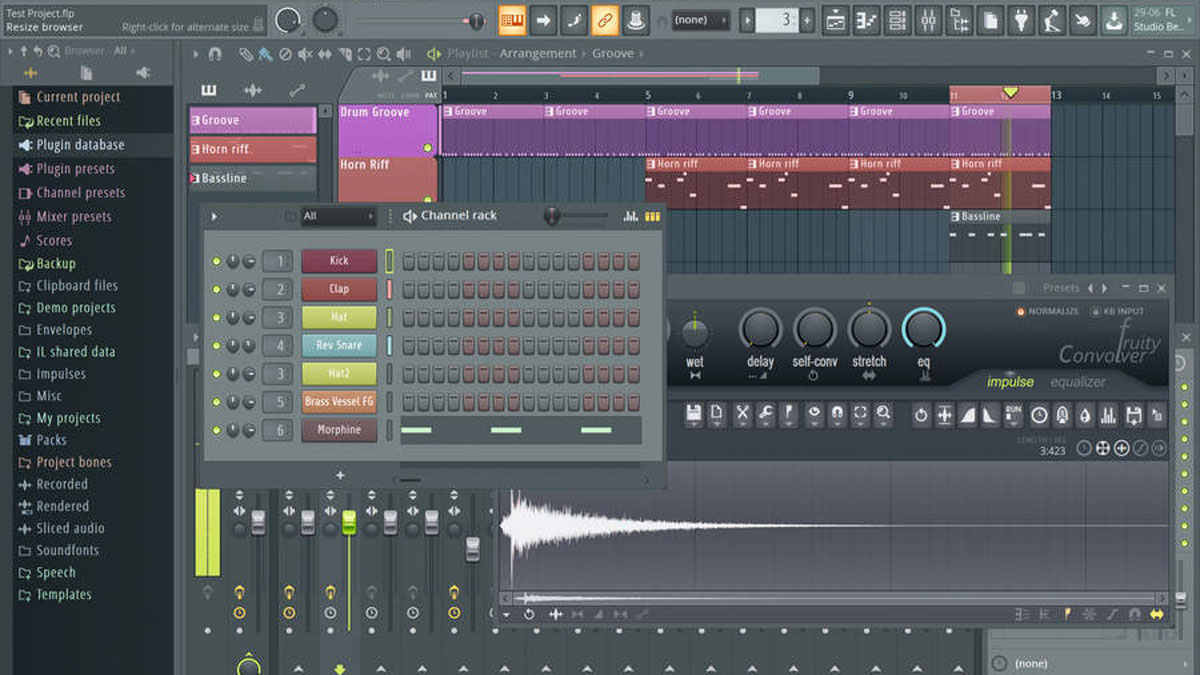

It’s also very fast and easy to change the core sounds at your disposal, so we’ll quickly run through how to either replace a sound or edit the existing one with the many effects on offer in FL Studio 20.

Many traditional DAW owners will be acutely aware that looping beats is the scourge of modern music production, but this pattern-based approach allows you to quickly and easily introduce some much-needed variation.

It allows you to quickly build up a library of different patterns simply by duplicating existing ones and then editing them for some variation. The advantage of using Patterns is quickly realised when using the Clone option from FL Studio’s many features. Open up FL Studio and you’ll be faced with an empty Pattern complete with four drum sounds, so we’ll launch straight into that and create a simple 4/4 drum pattern over four bars. You create complete tunes with this Pattern approach but, within it, the Piano Roll editor offers a familiar recording and editing environment for ‘traditional’ DAW users. Understanding just these two elements will give you that ‘Eureka’ moment, as you’ll realise that these are the core of the program. This time around we’re going to look at two of these areas – namely the Patterns and Piano Roll editor – in more depth. In Part 1 we introduced the five main areas within FL Studio – the Browser (for your samples, sounds, instruments, effects and so on) the Channel Rack (with Patterns for beats and notes) the Playlist (where the song arrangement comes together) the Piano Roll editor and finally the Mixer.


 0 kommentar(er)
0 kommentar(er)
